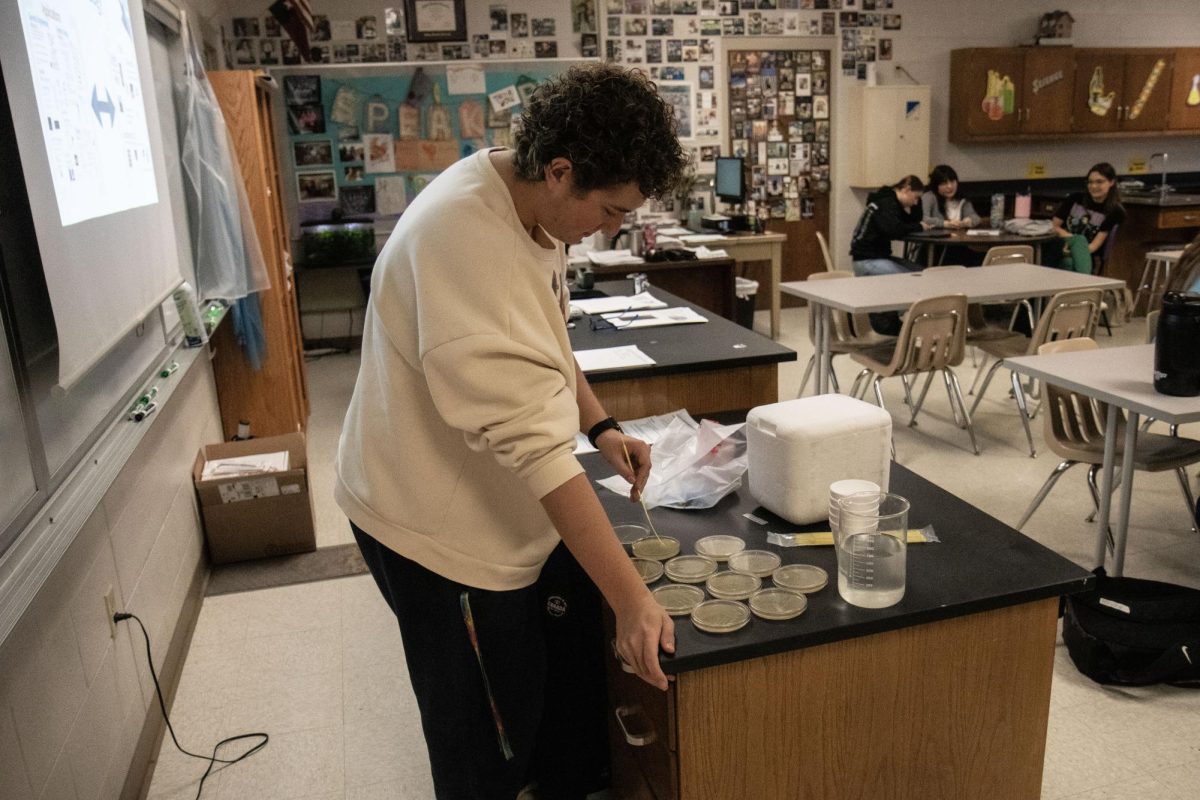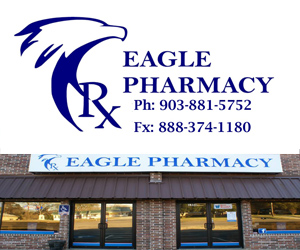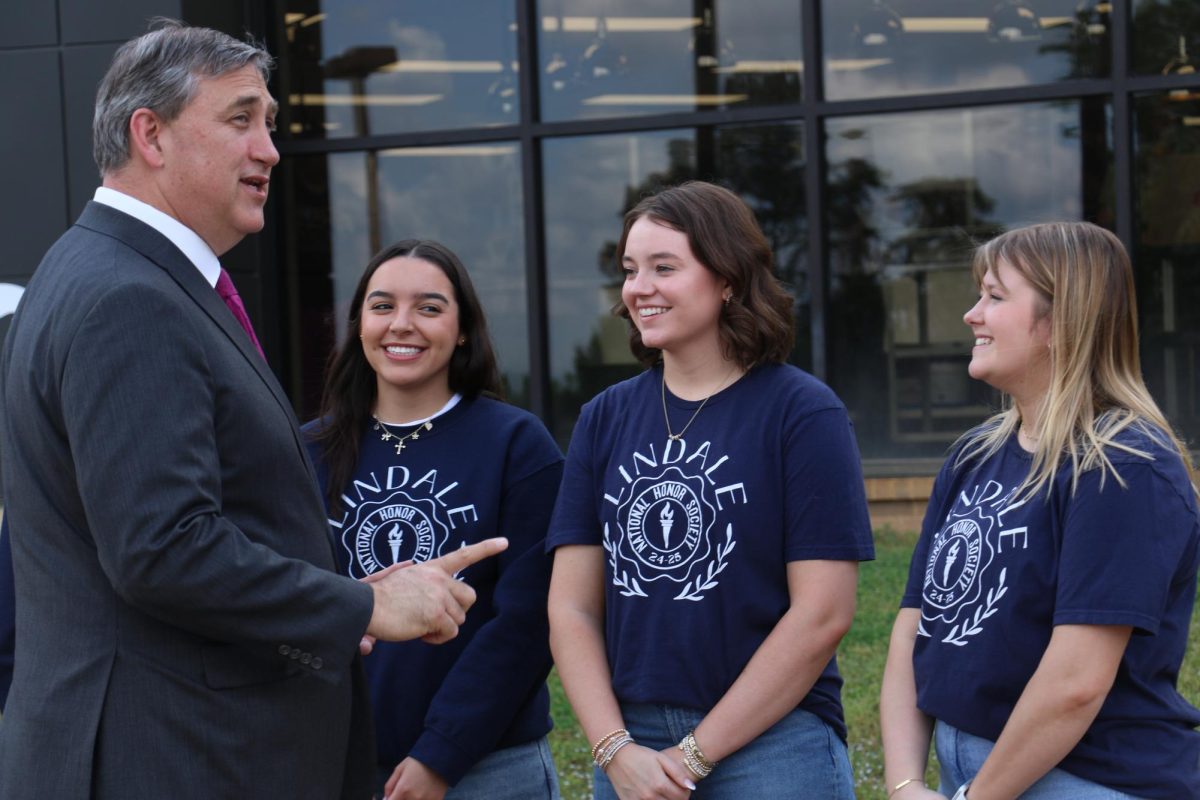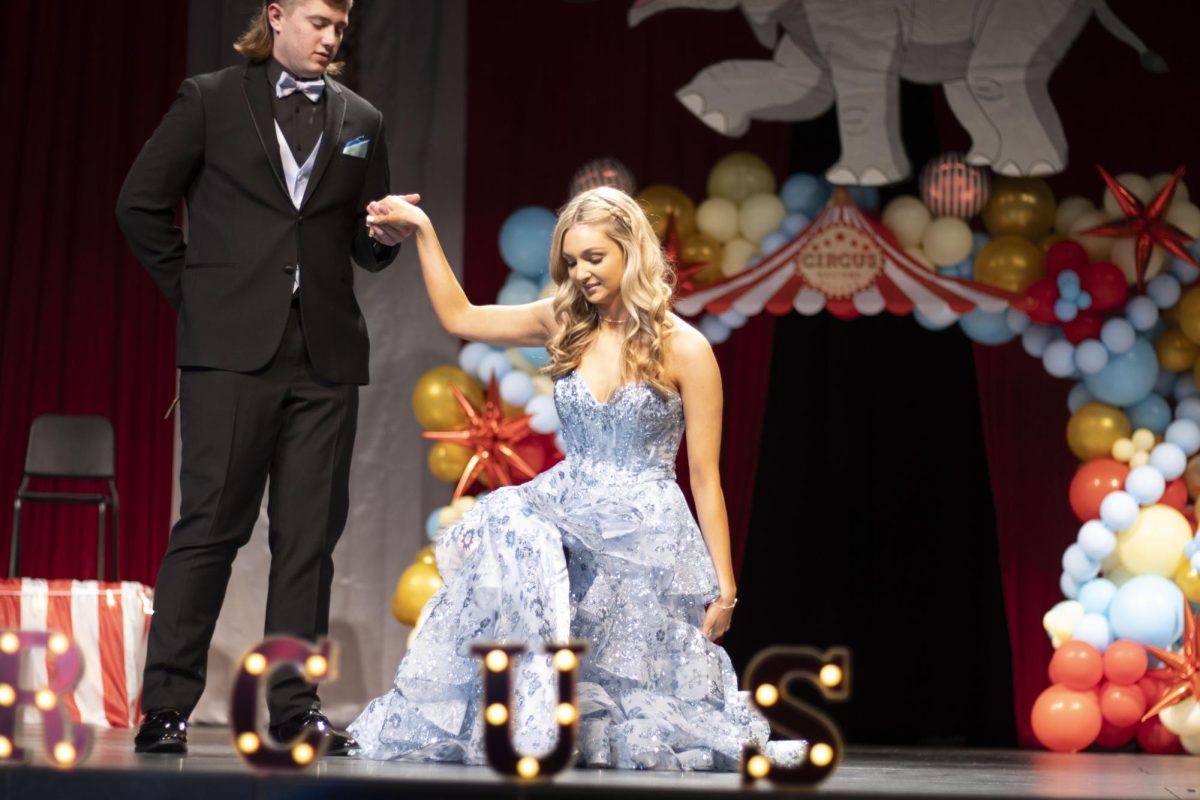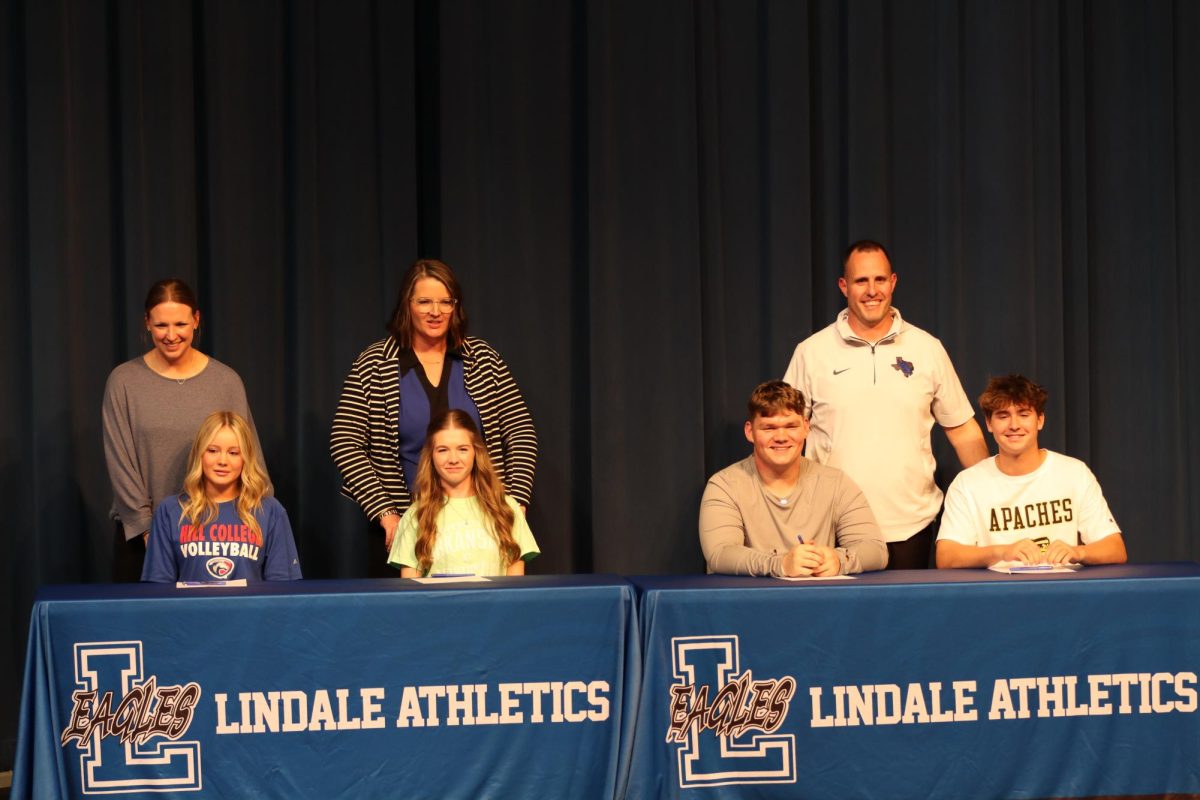The AP Biology classes have completed a long-term lab designed to assist students with elements of the AP test. Students nurtured and modified colonies of E. coli bacteria.
“We inserted genetic information from a jellyfish plasmid into an E. coli bacterial cell so that it would make the protein that makes the jellyfish fluoresce, or glow in the dark,” AP biology teacher Amanda Speaker said. “We caused the E. coli to intake that genetic information and make a protein it normally wouldn’t so that it would also fluoresce under UV light, like a jellyfish does.”
This process was done over the course of around one week. Before inserting the jellyfish DNA, the E. coli needed to grow to a suitable size.
“It was really cool to see E. coli up close growing inside our classroom,” senior Nicole Hines said. “It was a great way to see the bacteria transform and was super helpful for our test.”
Upon inserting the jellyfish DNA, the students still need to take care of the E. coli bacteria for a few more days. This is because the E. coli needs time to produce the fluorescent proteins that the DNA told it to produce.
“The lab was super helpful in preparing me for the AP exam,” sophomore Owen Bewersdorf said. “I had a lot of fun working with my group and seeing the results of the bacteria growth.”



